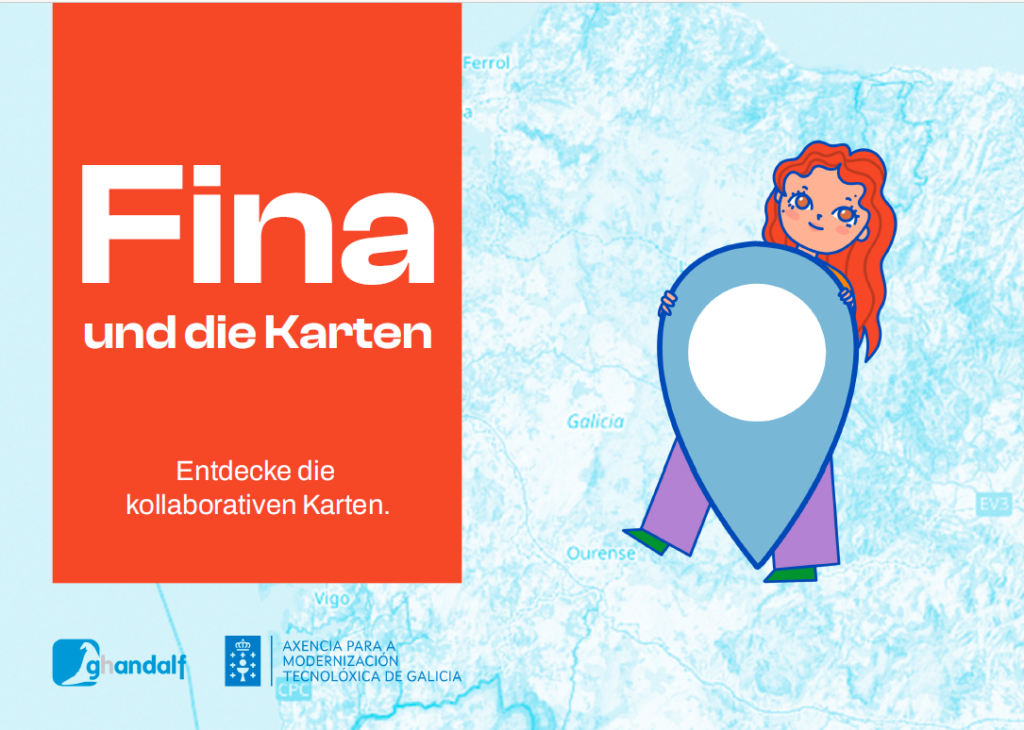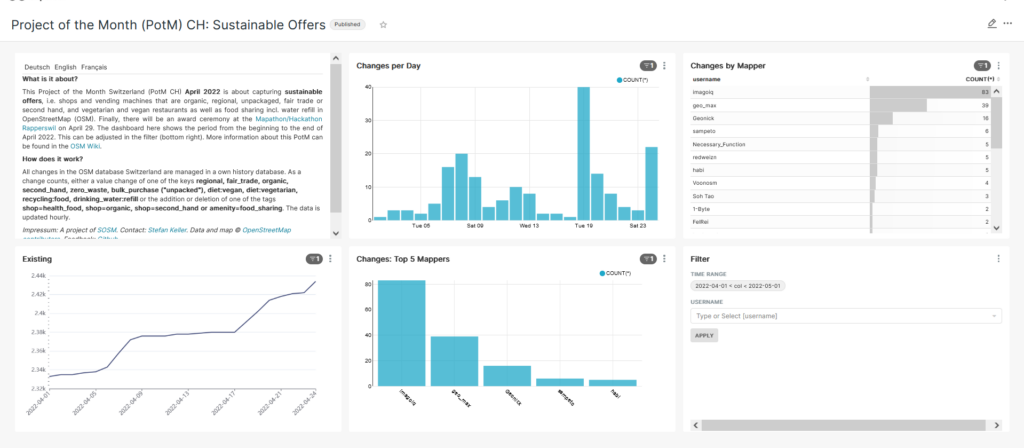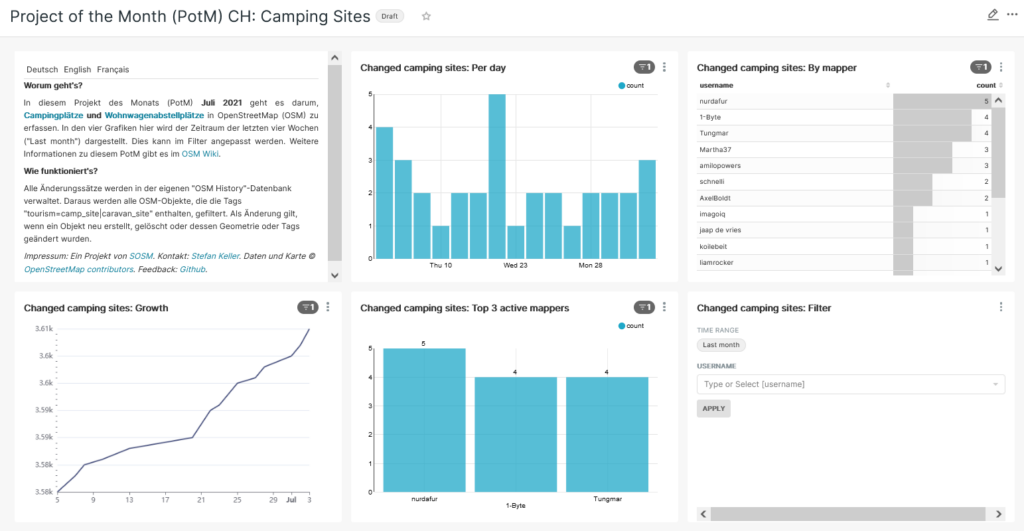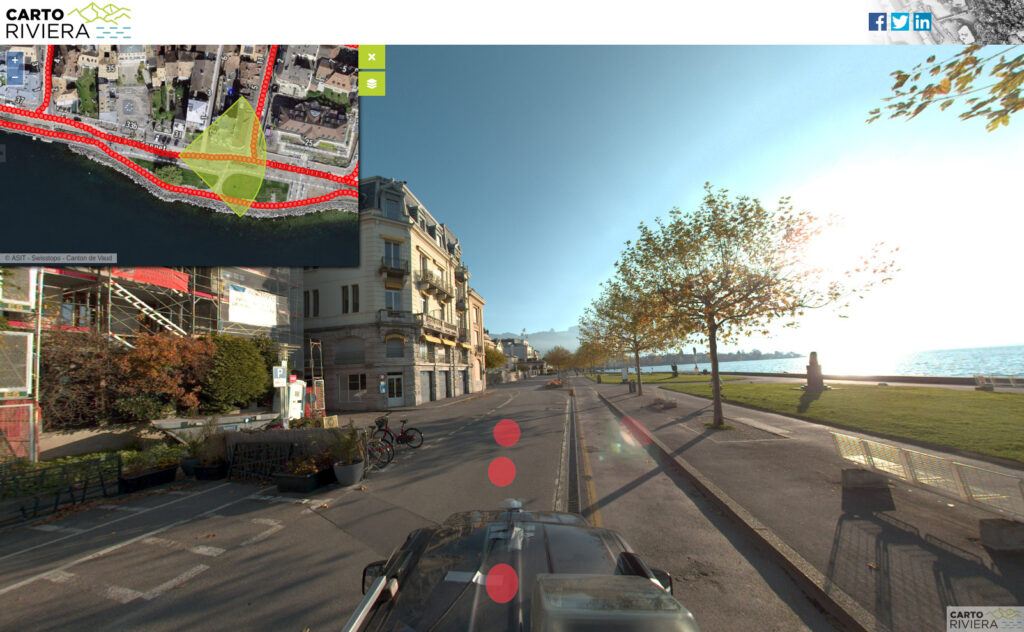Today the Federal Council approved its proposal for a mobility data infrastructure law (MODI). While we support the fundamental goal of making mobility data more comprehensive and easily accessible, and emphasised this in our consultation response three years ago, this should not obscure what this proposal is also about:
- financing the Federal Office of Topography’s entry into a market created over decades by private sector and civil society initiatives,
- creating a market advantage for the Federal Office of Topography by linking MODI usage to their other data products – without any technical or economic necessity and without any discernible social added value,
- introducing a de facto monopoly on navigation and related services following the Austrian model – with the result of less choice, higher costs for providers and users in the mobility sector and is a competition regulation misstep.
SOSM therefore continues to firmly reject the proposal in its current form. At the same time, we reaffirm our offer to cooperate with the Federal Council and the Federal Office of Transport to jointly develop a fair, market-oriented, and cost-effective solution.
More information can be found in the FAQs https://sosm.ch/modi-faq/.
Bergdietikon, May 14th, 2025








